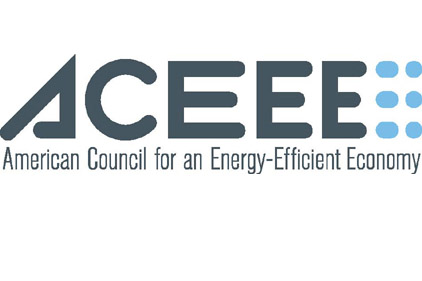“Energy-efficiency loans are proving to be a winning investment in a time of economic uncertainty. Based on these findings, now is the time to scale-up to serve many more homeowners and businesses,” said Steven Nadel, ACEEE executive director.
Energy-efficiency loan programs finance building upgrades by providing funding directly to building owners or managers. These projects lower energy bills and reduce annual energy costs by an average of 12-17 percent, said the study. Small commercial banks and credit unions have led in offering these energy-efficiency loan products, often working with utilities as well as local and state governments. The programs evaluated by the ACEEE report have loaned out over $1.5 billion. Through the use of subsidies and energy program funds, interest rates for borrowers averaged 3-5 percent annually.
According to the report, existing loan programs have only begun to scratch the surface of the potential market. The programs reviewed represent the largest energy-efficiency financing efforts in the nation, yet participation rates are most often less than 0.5 percent of the targeted customer class. “These low participation rates indicate there is a vast untapped customer base still available in this market. I think we’ll see increased private investment as big banks adopt the model that community banks and credit unions have found so profitable,” observed Sara Hayes, lead author of the report.
For information, visit aceee.org.
Publication date: 01/16/2012


Report Abusive Comment